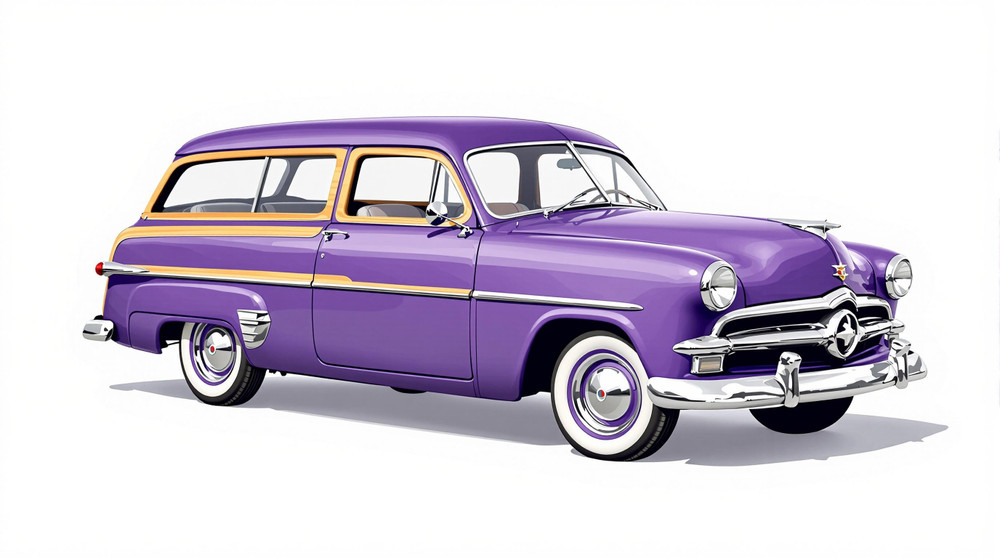Image of 1952 Ford Ranch Wagon, Note: These illustrations use artistic license and may differ from actual historical models.
Performance Metrics
Fundamental Metrics
Emotional Appeal
MMP Rating
| Engine Specifications | |
|---|---|
| Engine: | Inline 6, V8 |
| Displacement: | 215-239 cu in |
| Horsepower: | 101-110 hp |
| Torque: | 180-190 lb-ft |
| Compression Ratio: | 6.8:1 (for the V8) |
| Ignition System: | Distributor and coil |
| Cooling System: | Liquid-cooled |
| Performance Specifications | |
| 0-60 Time: | Estimated 20 seconds |
| 1/4 Mile Time: | Estimated 23 seconds |
| Top Speed: | 75-80 mph |
| Transmission and Drive | |
| Drive Type: | Rear-wheel drive |
| Transmission Type: | 3-speed manual |
| Fuel and Efficiency | |
| Fuel System Type: | Carburetor |
| MPG: | Estimated 15-20 mpg |
| Dimensions and Brakes | |
| Brakes: | Drum brakes |
| Wheelbase: | 114 inches |
| Weight: | 3,200 lbs |
Note: Specifications for classic cars are given to the best of our ability, considering the limited and variant data available.
Unveiling the Charm of the 1952 Ford Ranch Wagon
With the turn of the ignition key, a symphony of pistons and gears comes to life, marking the beginning of a journey back to an era of automotive simplicity and elegance. The 1952 Ford Ranch Wagon stands as a testament to post-war American ingenuity and the suburban family lifestyle that was emerging in the early 1950s. Born from the storied assembly lines of Ford Motor Company, this vehicle was not just transportation; it was a symbol of freedom and adventure for the American family.
The Ranch Wagon's roots can be traced back to Ford's decision to create a utility vehicle that could cater to both commercial and private needs. It was a time when America was shifting gears, with an economy bouncing back from wartime production, and consumers were eager for new designs and conveniences. This two-door station wagon became an icon of its time, capturing the essence of post-war optimism.
A notable moment in this vehicle's history is its role in pioneering the station wagon segment, which would later become a staple in American driveways. The Ranch Wagon was among the first to blend utility with passenger car comfort, paving the way for future family vehicles.
Design and Innovation: A Blend of Utility and Style
The exterior of the 1952 Ford Ranch Wagon exudes a sense of robustness combined with sleek lines that hint at both functionality and aesthetics. Its sturdy steel body construction is complemented by wood-grain side paneling that gives it a touch of rustic charm. The front fascia, with its distinctive bullet-nose grille flanked by round headlights, is instantly recognizable as part of Ford's design language from that era.
Inside, passengers are greeted with a no-frills interior that prioritizes durability over luxury. Yet, despite its utilitarian intent, there is an undeniable warmth to the cabin, thanks to high-quality materials like heavy-duty upholstery and solid metal accents. The technological features are modest by today's standards but were quite advanced for its time, including innovations like Ford's Magic Air heater system.
Color options ranged from understated hues to more vibrant tones, with Raven Black and Sea Island Green being among popular choices. The most iconic body style remains the two-door station wagon configuration, which offered ample cargo space without compromising on style.
Historical Significance: More Than Just a Car
The 1952 Ford Ranch Wagon didn't just transport people; it moved an entire culture towards suburban living. It set itself apart from contemporaries with its all-steel body construction at a time when wood-framed wagons were still common. This innovation not only improved durability but also reduced production costs, making it more accessible to the average American family.
Its lasting influence can be seen in how it helped shape consumer expectations for multi-use vehicles, blending practicality with passenger comfort—a concept that continues to influence automotive design today.
Performance and Handling: A Journey Through Time
Underneath the hood lies a humble yet reliable flathead V8 engine capable of propelling this classic wagon to respectable speeds for its time. Though not built for breakneck acceleration—the 0-60 mph figure would be considered leisurely by modern standards—the Ranch Wagon delivers a smooth ride indicative of early 1950s motoring.
Handling is characterized by a sense of sturdiness rather than agility; drivers can expect a comfortable cruise rather than sporty performance. The driving experience is immersive—the mechanical sounds provide an authentic backdrop while navigating through country roads or suburban streets.
Ownership Experience: Embracing Classic Americana
The 1952 Ford Ranch Wagon found its place as both a daily driver for families and an eye-catching show car for enthusiasts. Its maintenance profile is typical for vehicles of its age—straightforward mechanical systems allow for easier repairs but sourcing parts may require some dedication.
Fun Facts: The Legacy Lives On
This classic wagon has seen its share of limelight with appearances in period films and television shows, adding to its cultural cachet. While not known for setting speed records or dominating sales charts, it holds a special place in automotive history due to its role in popularizing station wagons.
Common criticisms often revolve around its modest power output and handling by today's standards—but these are also characteristics that endear it to classic car aficionados seeking an authentic vintage driving experience.
Collector's Information: A Timeless Investment?
Today, the value range for a well-preserved 1952 Ford Ranch Wagon can vary widely based on condition and originality. Estimates suggest that tens of thousands were produced during its run, but surviving examples are considerably fewer—making them relatively rare finds on the collector market.
Price trends have generally shown appreciation over time as enthusiasts seek out these nostalgic pieces of Americana. Depending on condition and provenance, one could expect values to range anywhere from $10,000 for models needing restoration to upwards of $50,000 or more for pristine examples.
Conclusion: Celebrating an Era Through Four Wheels
The 1952 Ford Ranch Wagon is more than just metal, rubber, and glass—it's a rolling chronicle of American history. From its design innovation to its cultural impact during a transformative period in U.S. history, this vehicle remains an enduring symbol of America's automotive legacy. Whether you're behind the wheel or admiring from afar, each Ranch Wagon tells a story—one that continues to captivate collectors and enthusiasts around the world.
1952 Ford Ranch Wagon Catalog of Parts
 1952 Ford Ranch Wagon Spring and Shackle Bushing. 7/8" bottom O.D-BN 19Spring and Shackle Bushing. 7/8" bottom O.D. X 1-1/4" high, with 1/2" I.D. Each
1952 Ford Ranch Wagon Spring and Shackle Bushing. 7/8" bottom O.D-BN 19Spring and Shackle Bushing. 7/8" bottom O.D. X 1-1/4" high, with 1/2" I.D. Each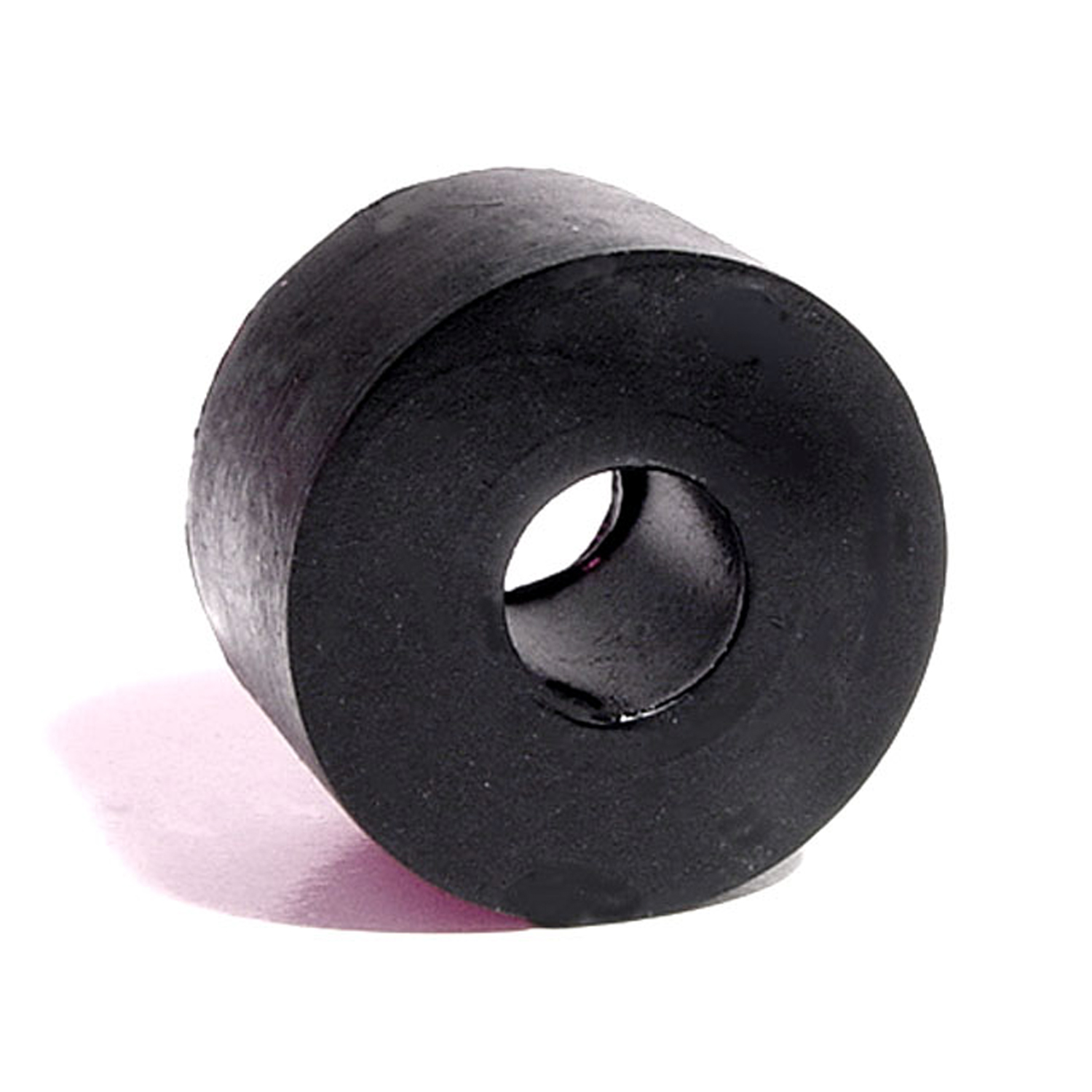 1952 Ford Ranch Wagon Shock Absorber Grommet. 1" bottom O.D-BN 6Shock Absorber Grommet. 1" bottom O.D. X 1/2" high, with 3/8" I.D. Each
1952 Ford Ranch Wagon Shock Absorber Grommet. 1" bottom O.D-BN 6Shock Absorber Grommet. 1" bottom O.D. X 1/2" high, with 3/8" I.D. Each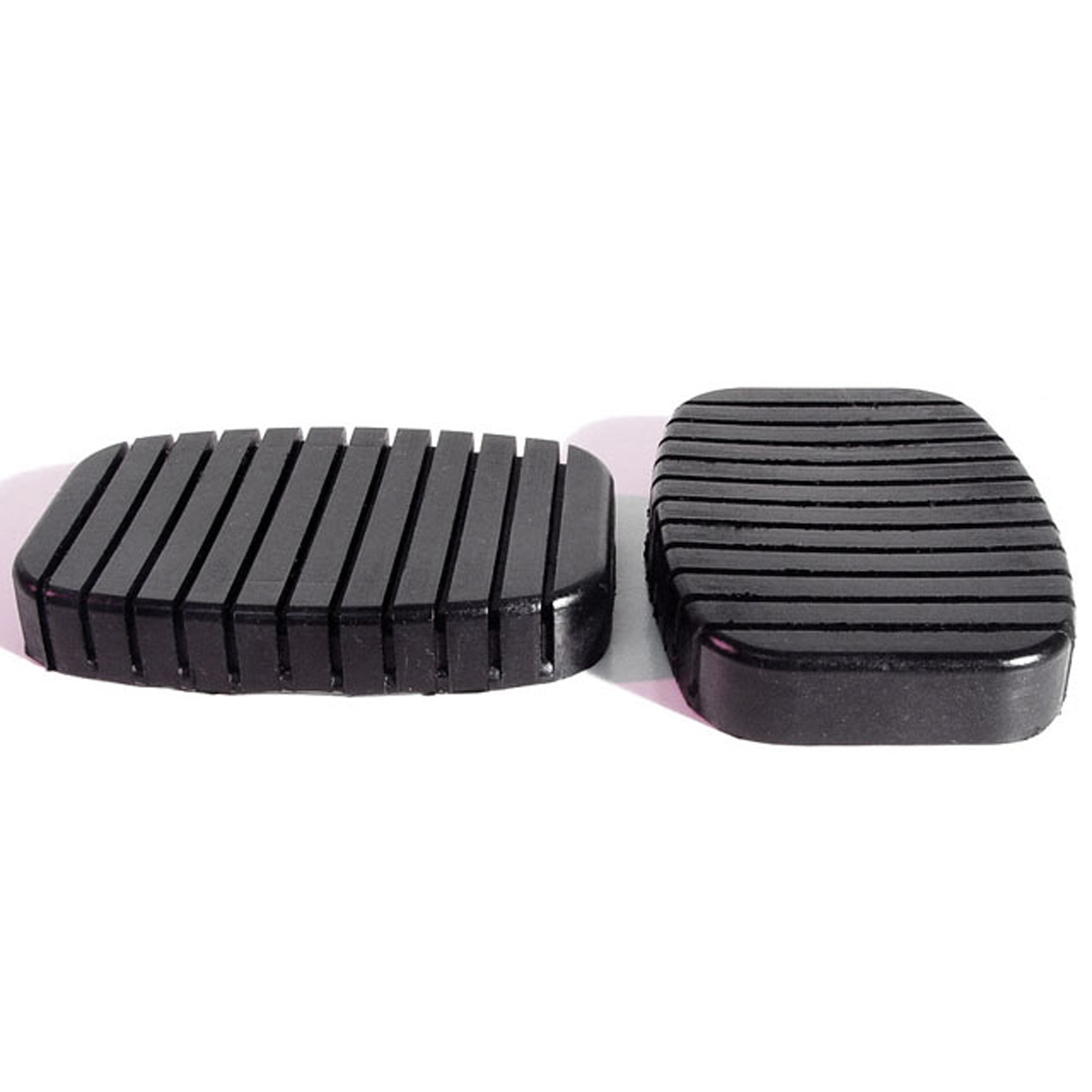 1952 Ford Ranch Wagon Clutch and Brake Pedal Pads-CB 90-BClutch and Brake Pedal Pads. For models with standard transmission. 2-1/4" wide X 3-1/4" long. Pair
1952 Ford Ranch Wagon Clutch and Brake Pedal Pads-CB 90-BClutch and Brake Pedal Pads. For models with standard transmission. 2-1/4" wide X 3-1/4" long. Pair 1952 Ford Ranch Wagon Brake Pedal Pad. Correct reproduction of a difficult part-CB 90-CBrake Pedal Pad. Correct reproduction of a difficult part. 2-1/2" wide X 4-1/2" long. Each
1952 Ford Ranch Wagon Brake Pedal Pad. Correct reproduction of a difficult part-CB 90-CBrake Pedal Pad. Correct reproduction of a difficult part. 2-1/2" wide X 4-1/2" long. Each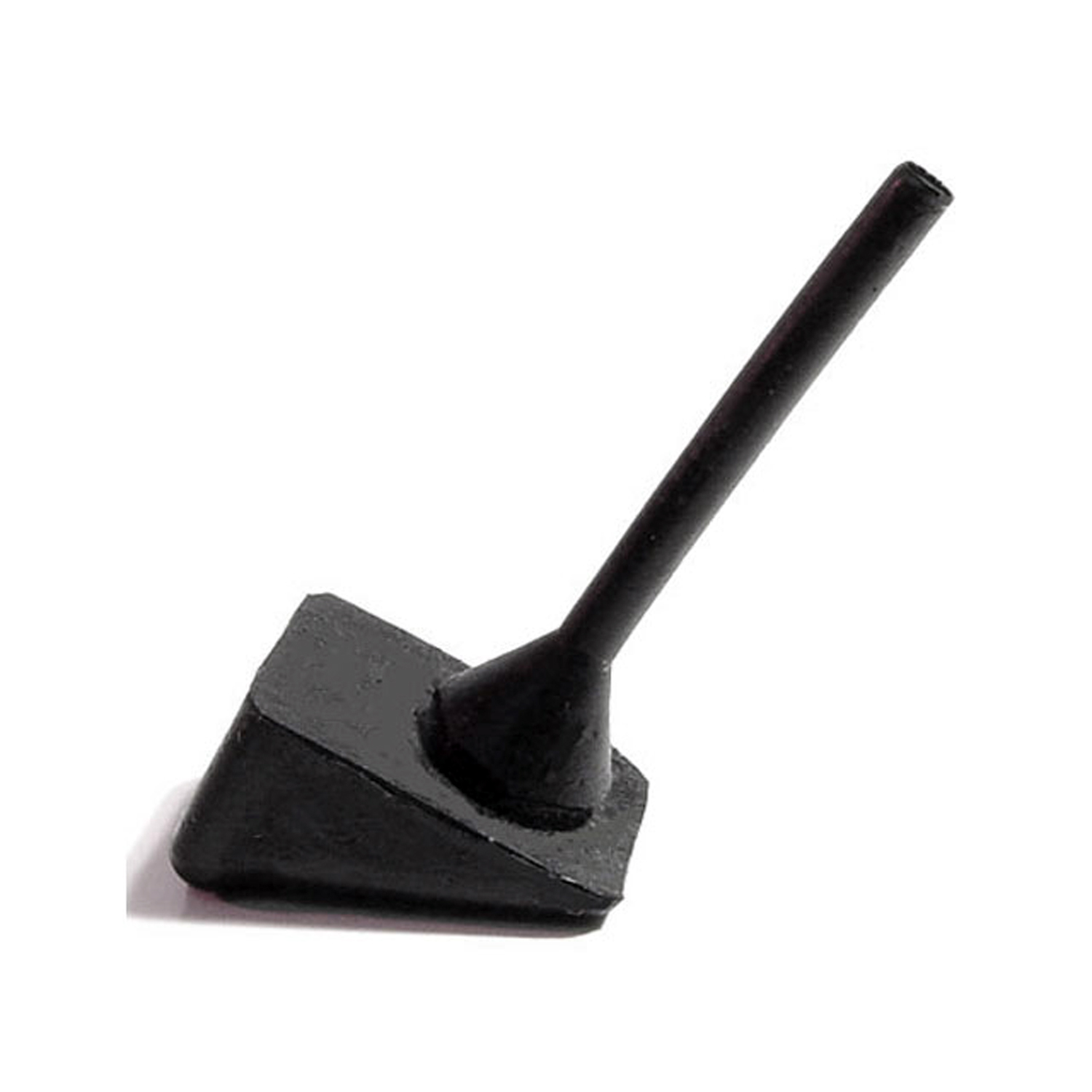 1952 Ford Ranch Wagon Hood Bumper. Each-HF 8Hood Bumper. Each
1952 Ford Ranch Wagon Hood Bumper. Each-HF 8Hood Bumper. Each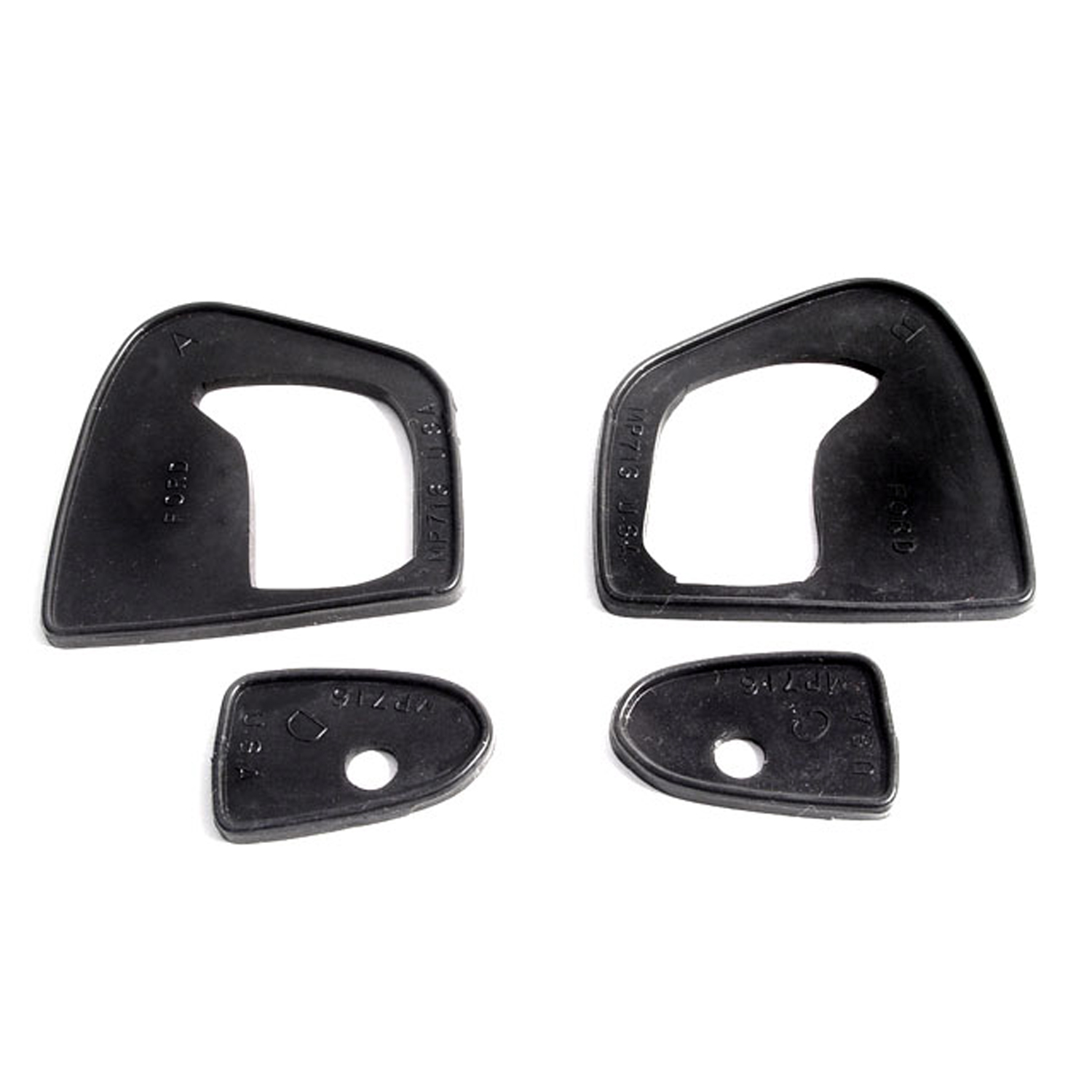 1952 Ford Ranch Wagon Door Handle Pads. 2-1/2" long & 1-1/2" long. Set R&L-MP 716Door Handle Pads. 2-1/2" long & 1-1/2" long. Set R&L
1952 Ford Ranch Wagon Door Handle Pads. 2-1/2" long & 1-1/2" long. Set R&L-MP 716Door Handle Pads. 2-1/2" long & 1-1/2" long. Set R&L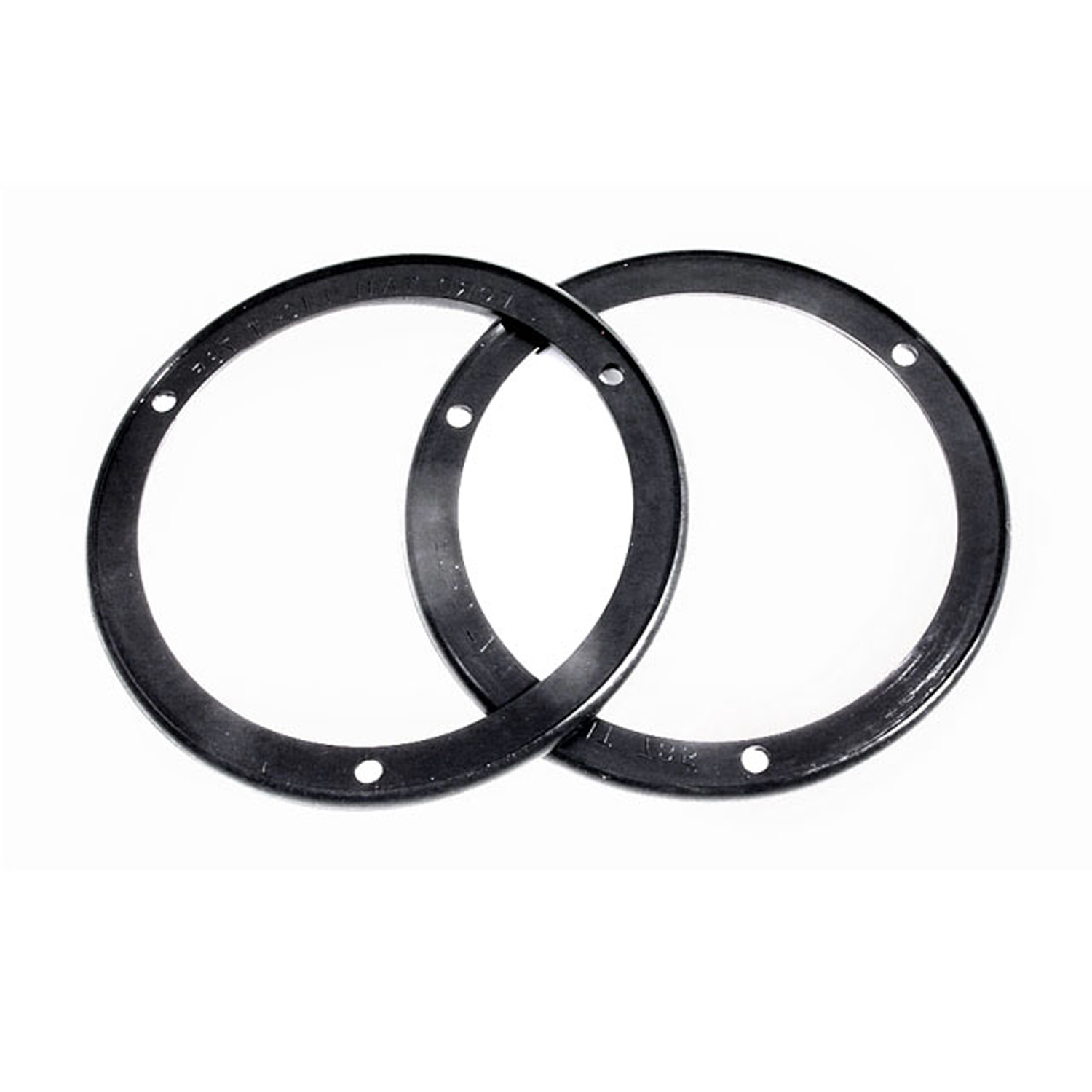 1952 Ford Ranch Wagon Tail-light Pads. 6-1/2" O.D. Pair-MP 785Tail-light Pads. 6-1/2" O.D. Pair
1952 Ford Ranch Wagon Tail-light Pads. 6-1/2" O.D. Pair-MP 785Tail-light Pads. 6-1/2" O.D. Pair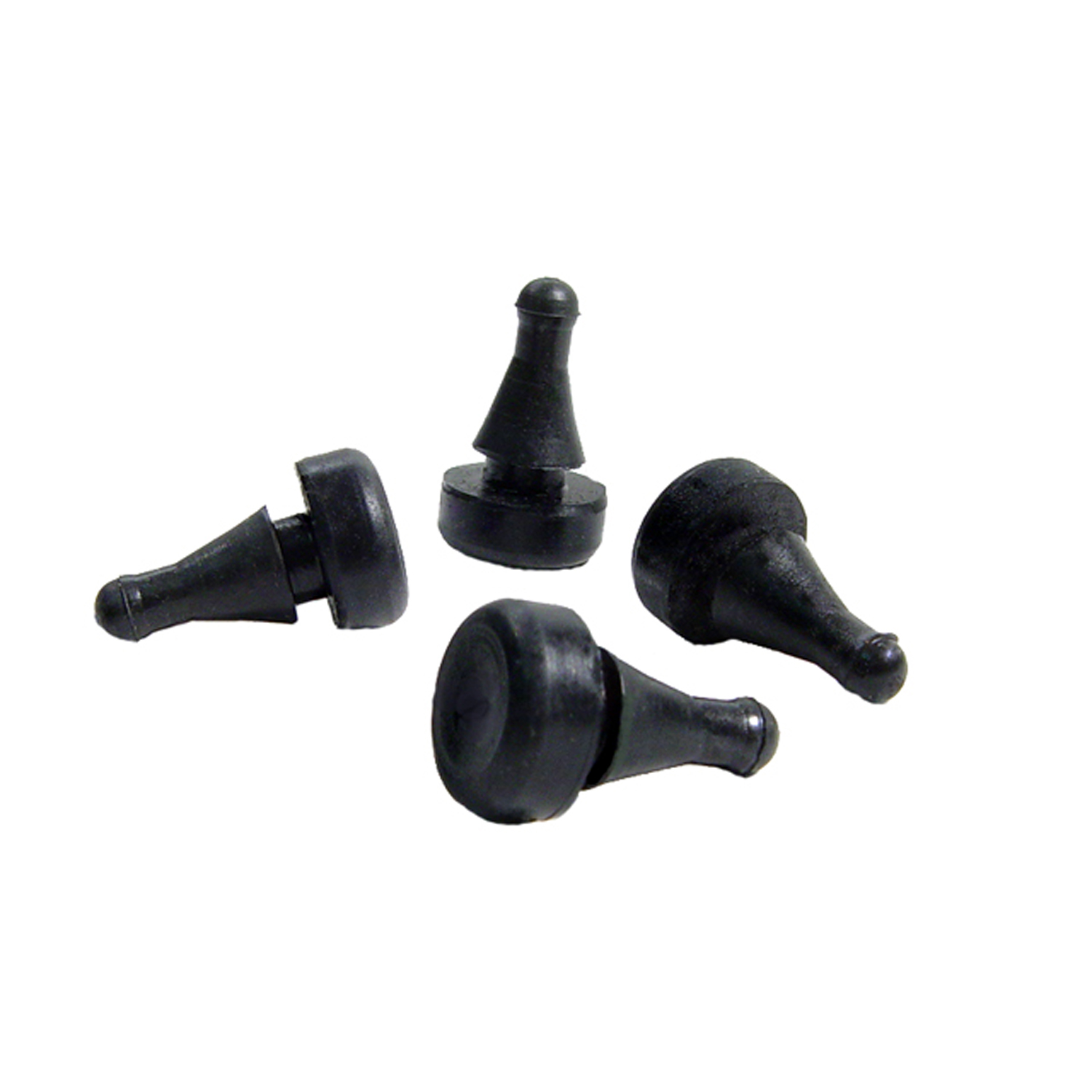 1952 Ford Ranch Wagon Hood Bumpers. 3/8" O.D., 3/4" Long. Set of four-SB 900Hood Bumpers. 3/8" O.D., 3/4" Long. Set of four
1952 Ford Ranch Wagon Hood Bumpers. 3/8" O.D., 3/4" Long. Set of four-SB 900Hood Bumpers. 3/8" O.D., 3/4" Long. Set of four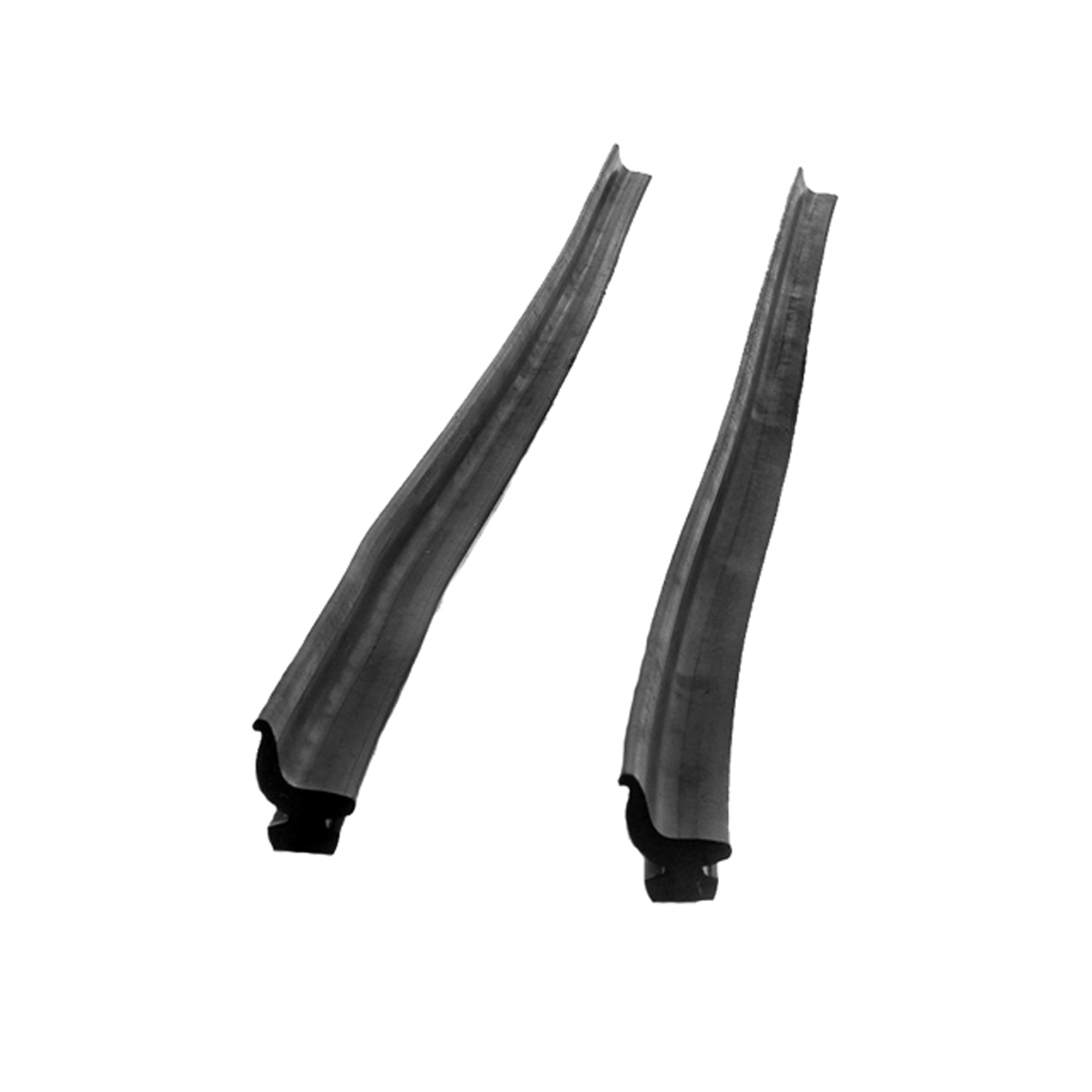 1952 Ford Ranch Wagon Rear roll-up Seal. Two 18" sections sliced into metal track-VS 4Rear roll-up Seal. Two 18" sections sliced into metal track. this foot with no steel insert. Pair
1952 Ford Ranch Wagon Rear roll-up Seal. Two 18" sections sliced into metal track-VS 4Rear roll-up Seal. Two 18" sections sliced into metal track. this foot with no steel insert. Pair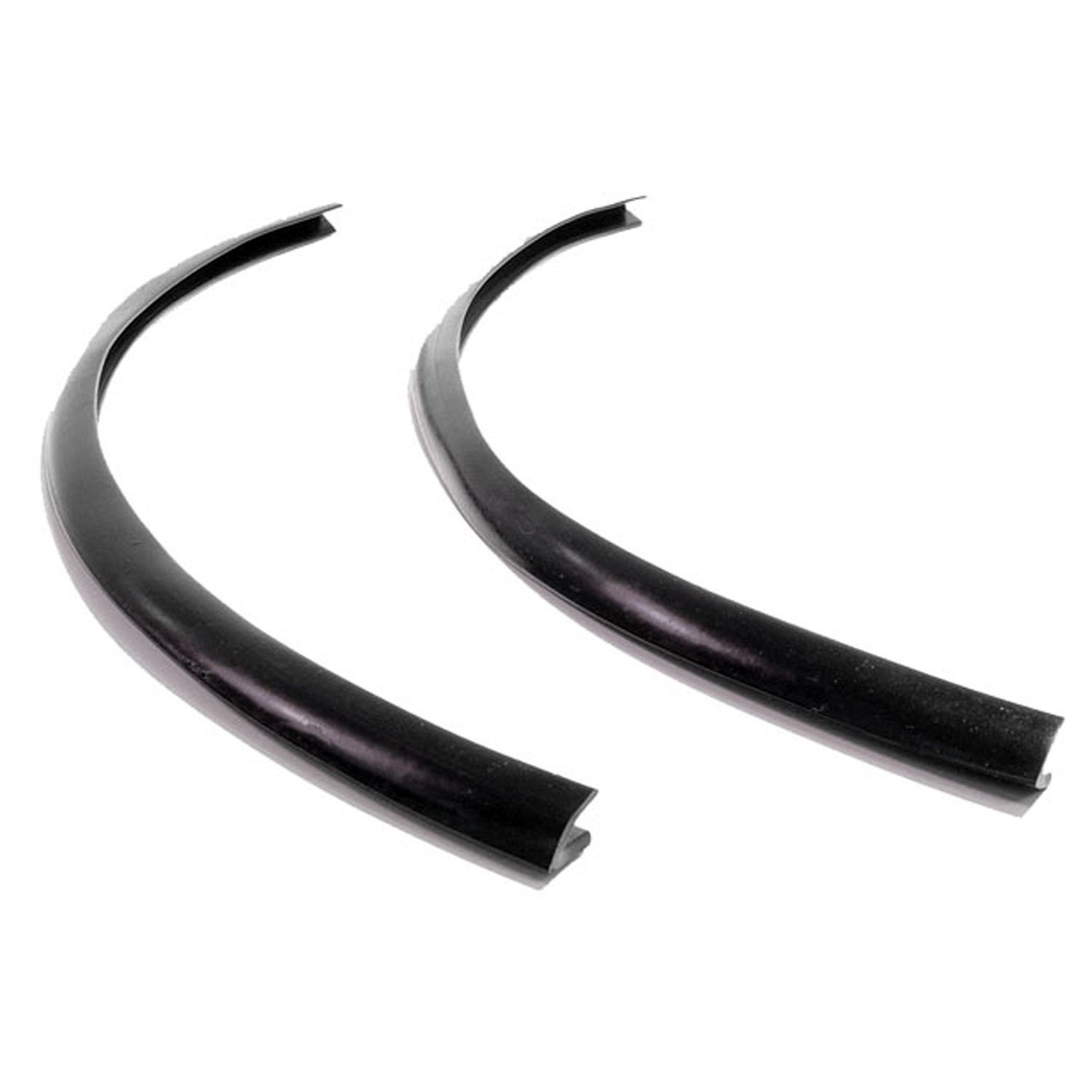 1952 Ford Ranch Wagon Vertical Seals for Vent Window. Each piece is 17" long-VS 6Vertical Seals for Vent Window. Each piece is 17" long. Pair
1952 Ford Ranch Wagon Vertical Seals for Vent Window. Each piece is 17" long-VS 6Vertical Seals for Vent Window. Each piece is 17" long. Pair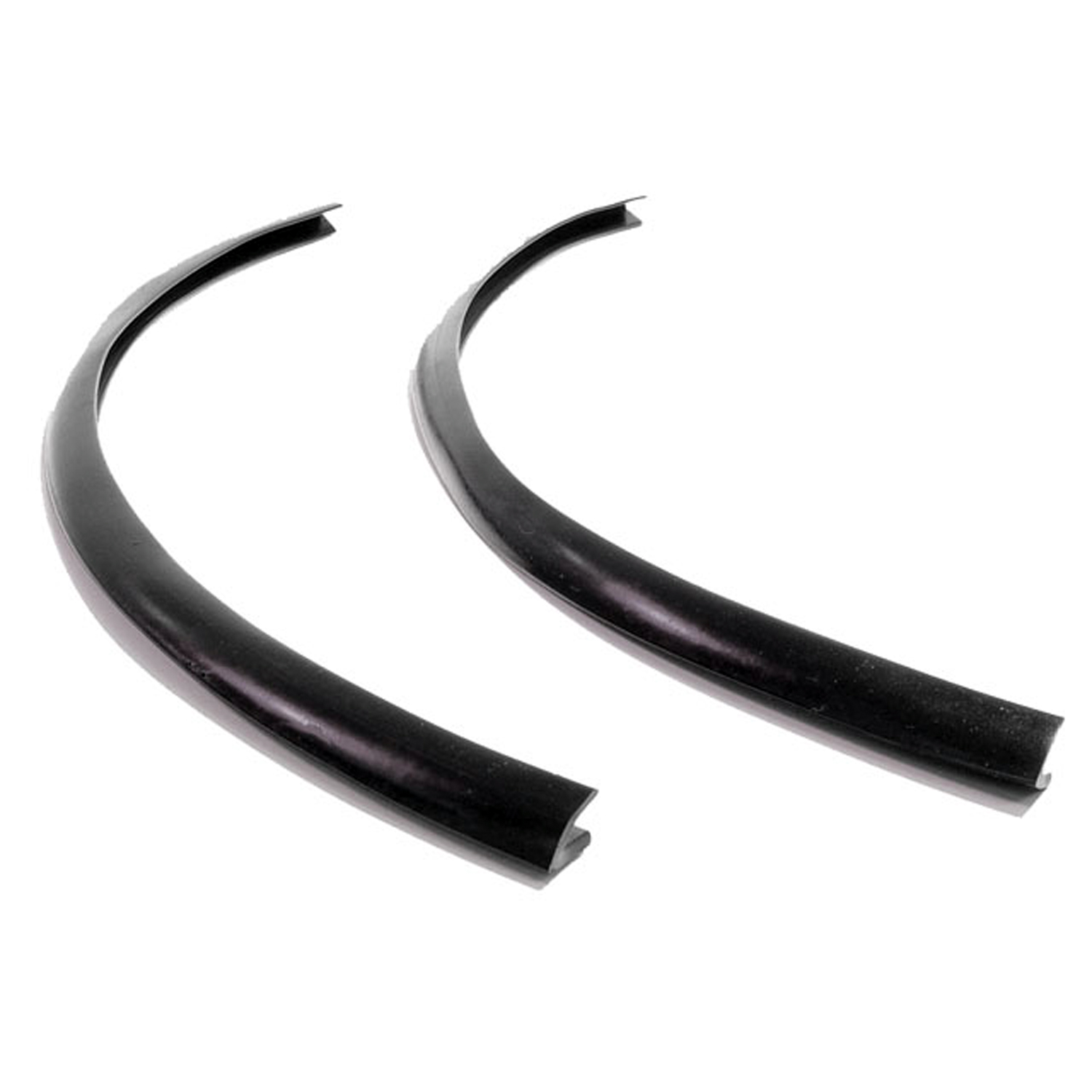 1952 Ford Ranch Wagon Vertical Seal for Vent Window. Sold by the foot.-VS 6/FTVertical Seal for Vent Window. Sold by the foot.
1952 Ford Ranch Wagon Vertical Seal for Vent Window. Sold by the foot.-VS 6/FTVertical Seal for Vent Window. Sold by the foot.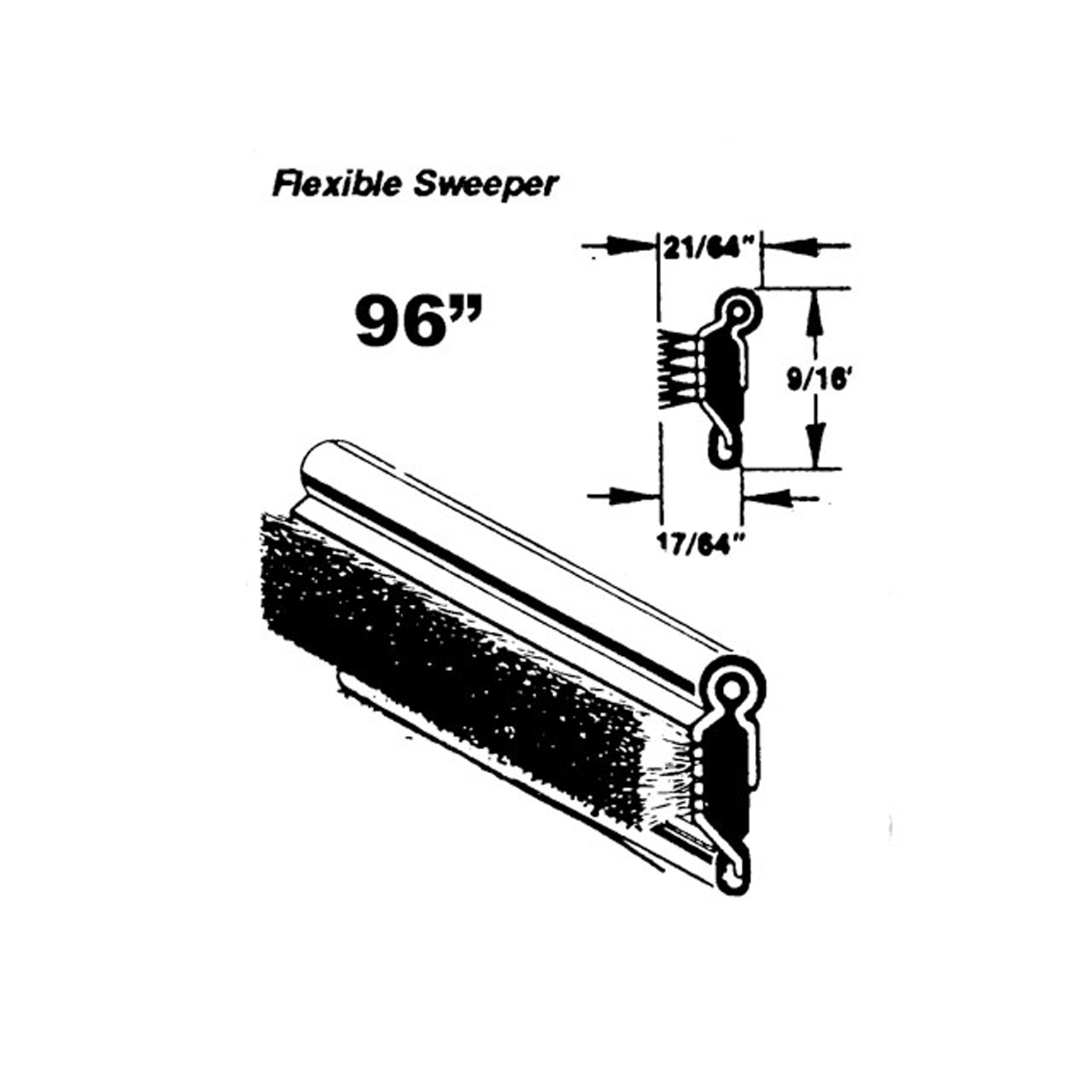 1952 Ford Ranch Wagon Flexible window sweeper. Made with stainless steel bead-WC 7-96Flexible window sweeper. Made with stainless steel bead. 96 in. long. Each. NOTE: $20 special shipping charge applies for domestic orders. Call or email for overseas shipping costs. Part can be sectioned in two or three equal lengths to reduce overseas shipping costs.
1952 Ford Ranch Wagon Flexible window sweeper. Made with stainless steel bead-WC 7-96Flexible window sweeper. Made with stainless steel bead. 96 in. long. Each. NOTE: $20 special shipping charge applies for domestic orders. Call or email for overseas shipping costs. Part can be sectioned in two or three equal lengths to reduce overseas shipping costs.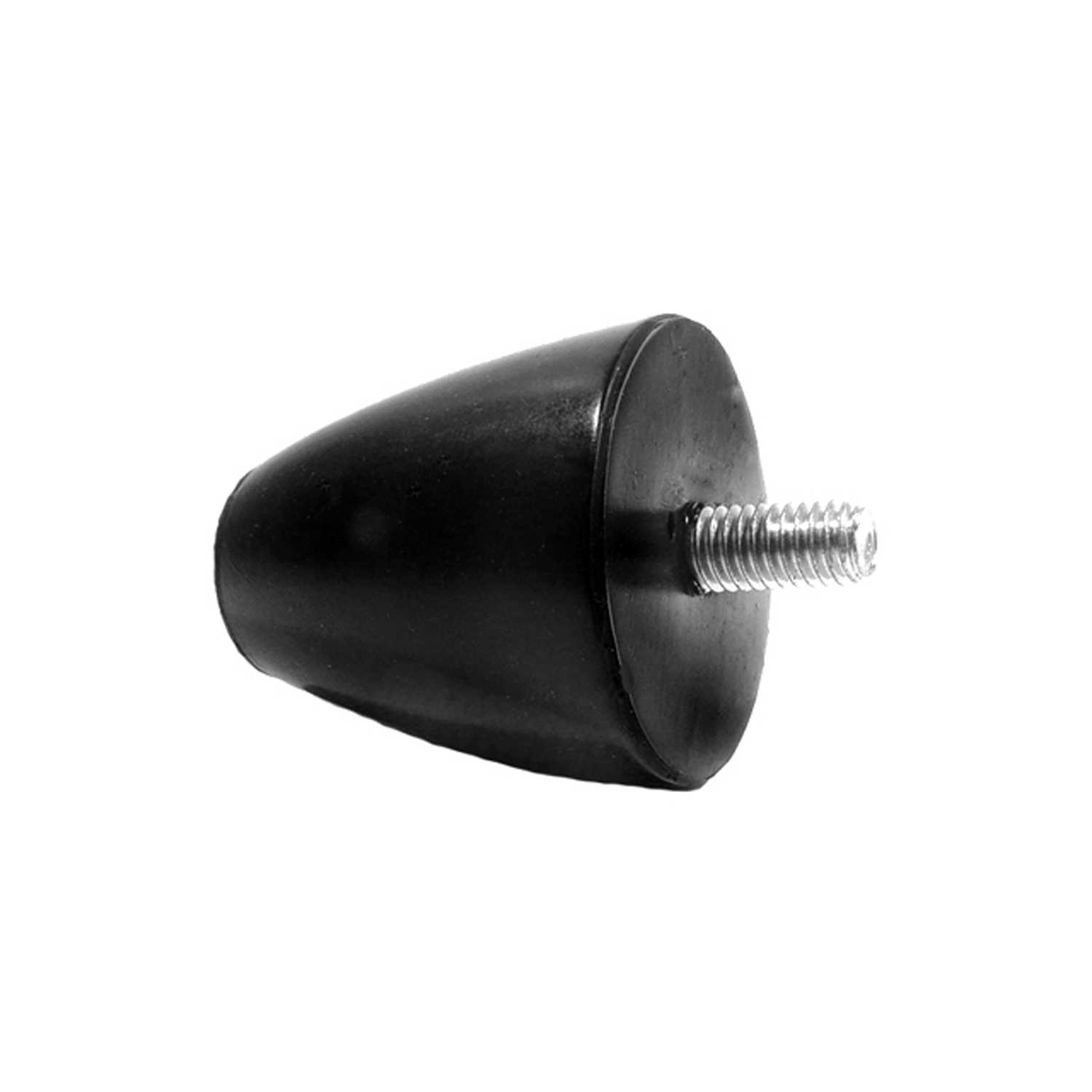 1952 Ford Ranch Wagon Front Suspension Bumper. For lower arm. 2" O.D-XB 22Front Suspension Bumper. For lower arm. 2" O.D., 2-1/8" high. Each
1952 Ford Ranch Wagon Front Suspension Bumper. For lower arm. 2" O.D-XB 22Front Suspension Bumper. For lower arm. 2" O.D., 2-1/8" high. EachWhy Choose Metro?
For over 100 years, Metro Moulded Parts has been the pinnacle of quality in classic car restoration parts. Our commitment to precision and authenticity in every component ensures a perfect fit and an OEM-level appearance.
- Expert Craftsmanship & Quality: Each part is a testament to our dedication to reliability and perfection, crafted from original designs and thoroughly tested.
- Advanced Technology: We use cutting-edge techniques to create flawless, long-lasting parts that surpass others in performance.
- SuperSoft Sponge – The Ultimate Door Seal: Not only are our door seals 30% softer than competitors', but they're also guaranteed to never leak. They effectively reduce wind and road noise, enhancing your classic car's comfort and driving experience.
- Proudly American: Our parts are a product of American craftsmanship, made in the USA with a spirit of excellence and heritage.
- Unrivaled Warranty: We back our products with a 30-year industry-leading warranty, a testament to our confidence in their quality.
Join us in preserving the legacy of classic cars with parts that are crafted for perfection, not just made.

